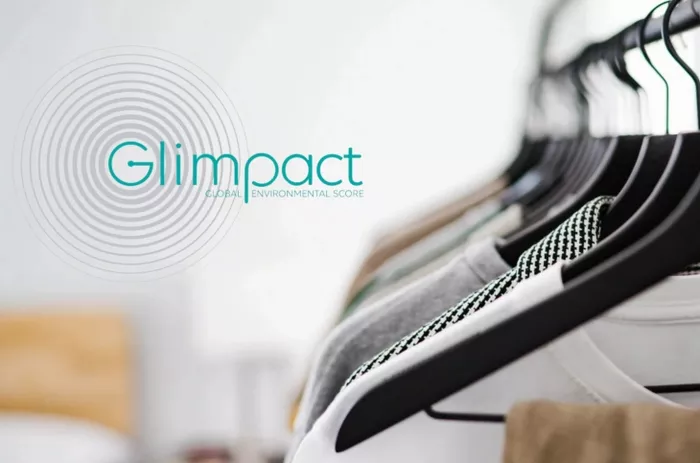Glimpact has introduced a Global Impact Scoring platform — the first free online tool in North America — to help fashion brands measure and reduce the environmental footprint of their products in preparation for new EU regulations under the Ecodesign for Sustainable Products Regulation (ESPR).
Built on the Product Environmental Footprint (PEF) methodology adopted by the European Union, the platform calculates environmental impact using 16 different indicators. These include land use, water consumption, ecotoxicity, and climate change, offering a unified score that represents a product’s overall “environmental cost.”
“Environmental crises go beyond just climate issues — they are systemic and must consider all components of ecological degradation,” said Christophe Girardier, Founder and CEO of Glimpact.
Unlike traditional Life Cycle Assessment (LCA) tools, Glimpact’s platform provides dynamic simulations. This allows fashion brands to evaluate, in real time, how changes in materials, production methods, and sourcing decisions impact the environment, supporting science-based eco-design strategies.
“Our new Global Impact Scoring tool enables all fashion stakeholders to use the EU-endorsed scientific methodology,” Girardier explained. “It empowers brands to prepare for and comply with the ESPR requirements.”
Beyond brand-level insights, the tool has recently been applied to analyze the environmental impacts of products from Patagonia, Reformation, H&M, Alo Yoga, and Ralph Lauren. The analysis revealed upstream processes — often overlooked — that significantly affect environmental outcomes.
Related News: Orange Belgium Doubles Down on Reducing Environmental Footprint and Bridging the Digital Divide
By offering open access to both businesses and consumers, the platform aims to democratize sustainability intelligence at a time when the fashion industry faces rising demands for transparency and regulatory compliance.
“The fashion industry must now enter a new era — one where eco-design becomes a core principle of development, not just a tool for marketing or opportunistic branding,” Girardier emphasized.
With increasing ESG scrutiny and broader disclosure requirements, Glimpact’s tool delivers a timely and practical solution for the fashion sector. It helps align product development with measurable, systemic sustainability outcomes.
Related Topics
- U.S. Retailers Scramble to Restock China-Made Goods Ahead of Summer Shopping Surge
- Carhartt Draws a Clear Line Between Workwear and Streetwear: ‘We Make Tools, Not Trends’
- Crew Clothing Expands into Affluent West London with New Chiswick Store

